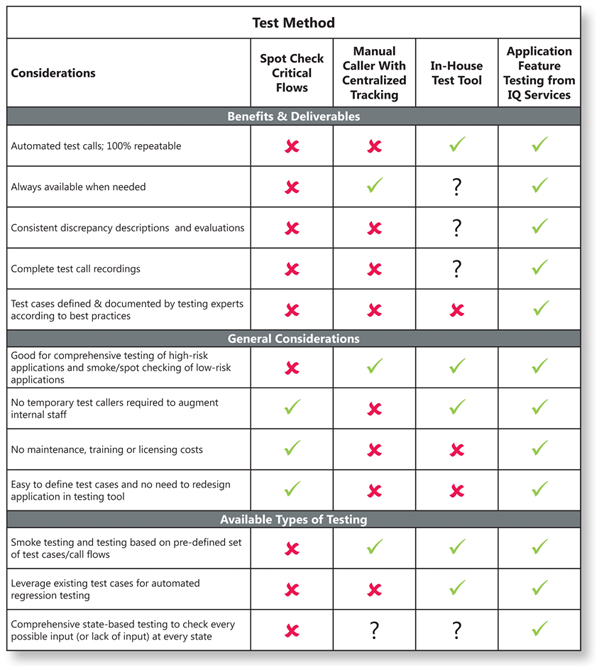Accurate, traceable time is needed for many different applications. Whether it’s meeting banking regulations, providing verifiable timestamps on medical records, providing a common sync reference for security and access control systems, or even ensuring the performance of basic distributed network operations, accurate, traceable time is needed. However, getting access to a traceable time source hasn’t always been easy.
Traditionally, the most common way to get accurate, traceable time is to deploy a GNSS based time server with an antenna receiving time from one or more of the GNSS constellations. For sure, this is the gold standard for most time and sync applications. With time from GNSS, accuracy to UTC is measured in nanoseconds. And because time is coming from an official time source via the different GNSS constellations, that time is also traceable. This means the accuracy of the time source being used by a network can be verified to be true within some threshold of error.
Time from GNSS based time servers may be the most commonly available way to get accurate, traceable time, but deploying them isn’t always simple. In order to receive the GNSS signals, an antenna must be installed, and that can sometimes pose significant challenges. In some cases, such as in leased spaces, it’s not possible to get permission to install an antenna on the roof or access isn’t possible. In other cases, the costs for installation combined with a reoccurring cost to keep an antenna on the roof makes installing an antenna cost prohibitive.
To complicate matters, while the nanosecond level accuracy achieved from GNSS is nice to have, it’s overkill for many applications. So the entire concept of needing to install a GNSS Antenna and incur the associated cost and hassle just for traceable time can be frustrating. Eliminating that frustration was the purpose behind Traceable Time as a Service (TTaaS).
Traceable Time as a Service delivers accurate, traceable time over a secure VPN connection to provide a traceable time reference for your network. Because TTaaS is delivered over a VPN, setup is easy and familiar, especially compared to installing antennas, coax cable, surge arrestors, amplifiers, and more.
In addition to being easy to install, TTaaS is also accurate. Using just a VPN connection, accuracies can range between microseconds to milliseconds offset to UTC / NIST / etc. Accuracy aside, the important thing is that you know what your offset is, can verify it, and can therefore ensure traceability. That’s what TTaaS does.
Traceable Time as a Service by Hoptroff, has a network of timing hubs at datacenters around the globe, getting time from GNSS, this network connects directly to national labs such as RISE in Sweden and NIST in the US. Using proprietary techniques, Hoptroff’s software is able to accurately determine time offset by comparing time at your location to the time at other locations within that network. That capability combined with the direct connection to national labs and GNSS allow for clear, easy traceability between the time delivered to you over TTaaS and the timing hubs it’s coming from.
The concept of Time as a Service may be new to some people, but it’s been around for quite some time. Until somewhat recently, services were mostly setup to accommodate certain industries, such as Financial trading, and were only available within certain datacenters or co-location facilities. But with new advances in networking technology and protocols, it’s becoming possible to make those kinds of timing services more widely available and to more markets that need traceable time. And because services like TTaaS are over a VPN and are so easy to setup and maintain, the shift towards these kinds of services will continue to grow.




